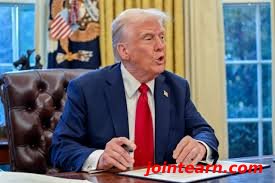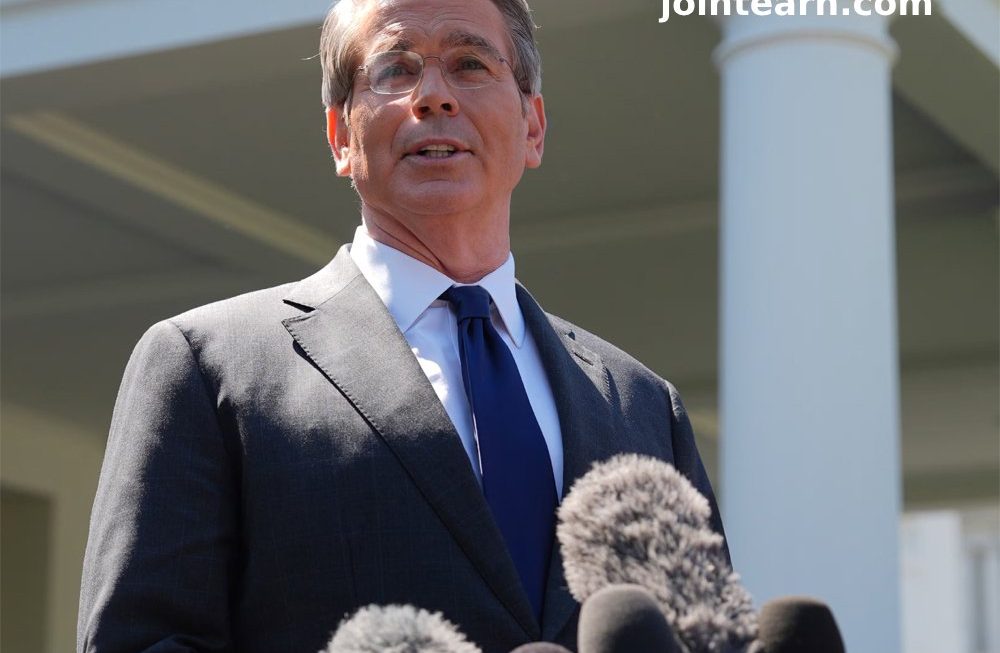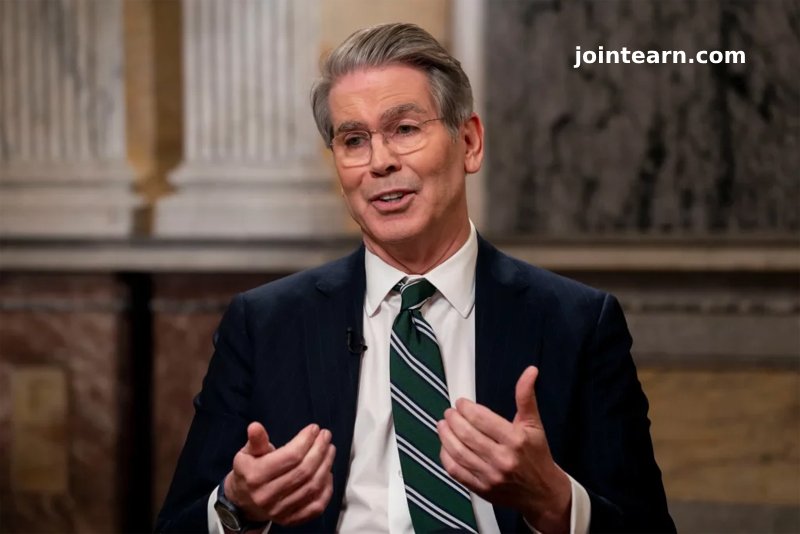Donald Trump’s multiple and overlapping tariff plans have created confusion, with even the former president sometimes appearing to mix up deadlines and policies. Markets, too, are struggling to keep up.
Confusion Over Tariff Deadlines
On Wednesday, when asked about the upcoming March 4 deadline for tariffs on Mexico and Canada related to illegal fentanyl and migration, Trump mistakenly stated multiple times that they would take effect on April 2. This mix-up seemingly swapped the immediate March 4 tariff threat with his separate reciprocal tariff plan, which is scheduled for an April review by the U.S. Trade Representative’s office.
By Thursday morning, Trump clarified via social media that the March 4 deadline still stands. He also announced a new plan to double current tariffs on China by imposing an additional 10% tariff on the same date. Later that day, he reiterated his stance on increased China tariffs, stating that negotiations with Canada and Mexico had not shown progress, particularly on drug-related issues.
Trump’s Expanding Tariff Plans
During a meeting with UK Prime Minister Keir Starmer, Trump also raised concerns over the European Union (EU), criticizing its trade policies. He hinted at the possibility of reciprocal tariffs, potentially adding to the 25% duties he had previously promised on European automobiles.
The rapid back-and-forth of announcements highlights Trump’s ambitious tariff agenda, although he has only followed through on one so far.
Key Tariff Deadlines and Threats
Here’s a breakdown of Trump’s major tariff threats and their upcoming deadlines:
- March 4: 25% tariffs on Canada and Mexico over fentanyl and illegal migration; additional 10% tariffs on China.
- March 12: Blanket 25% tariffs on global steel and aluminum producers.
- April 2: Reciprocal tariffs may take effect on multiple nations.
- Date TBD: 25% tariffs on the European Union.
- Date TBD: New unspecified tariffs on sectors such as copper and automobiles.
Trump’s first tariff action after taking office was a 10% duty on Chinese goods on February 4, with duties on Canada and Mexico delayed until March 4.
Market Uncertainty and Economic Impacts
Despite Trump’s aggressive tariff rhetoric, he has so far implemented only the 10% duties on Chinese goods. Market analysts are assessing whether his threats will translate into concrete action. A Goldman Sachs (GS) report on the topic questioned whether Trump is “mostly talk or big action,” concluding that “uncertainty is the only certainty.”
Jeffrey Kleintop, chief global investment strategist at Charles Schwab (SCHW), suggested in a Yahoo Finance Live interview that Trump’s tariff threats might not materialize as planned. He noted that industries such as automotive and retail, including companies like Ford (F) and Walmart (WMT), are lobbying against the proposed aluminum tariffs.
Goldman Sachs analysts warn that if Trump follows through on just one more major threat—such as the 25% steel and aluminum tariffs—it would be equivalent to all tariff hikes from his first administration.
Canada and the EU in the Crosshairs
Other world leaders are struggling to navigate Trump’s evolving trade policies. During a recent Cabinet meeting, Trump credited his administration for a decrease in illegal border crossings, downplaying the role of Canadian and Mexican efforts despite their newly implemented border measures.
Analysts at Signum Global Advisors predict that Canada is more vulnerable to tariffs than Mexico, which has reportedly made more progress in negotiations. Canada is still expected to face tariffs, though the scope and nature of the duties could shift before the March 4 deadline.
Trump reinforced this stance on Thursday, stating that Canada needs to do more on fentanyl seizures. However, available data suggests that Canada has a minimal role in illegal migration and fentanyl trafficking.
Trump’s Tariff Threats on the European Union
Trump also renewed his threats against the European Union, proposing a 25% tariff and accusing the bloc of unfair trade practices. “Let’s be honest, the European Union was formed in order to screw the United States,” he said during Wednesday’s meeting. “They’ve done a good job of it, but now I’m president.”
With multiple tariff plans in motion, markets and world leaders remain on edge, uncertain about which threats will materialize and their broader economic impact.












